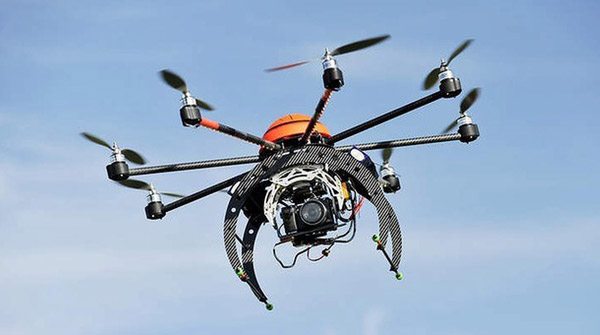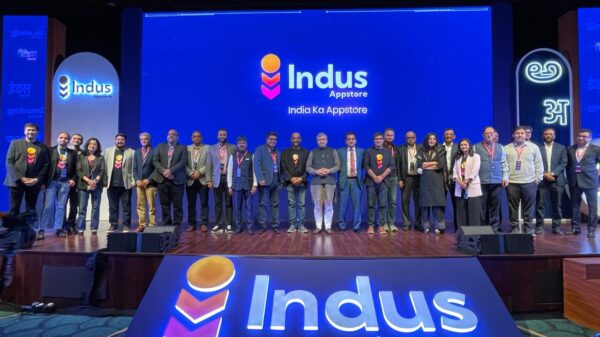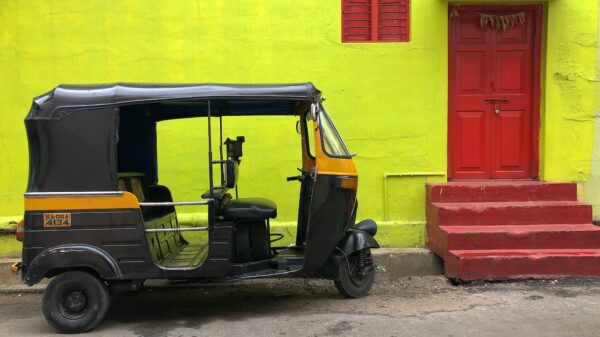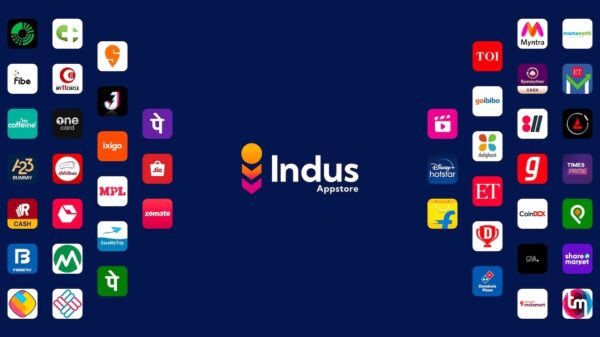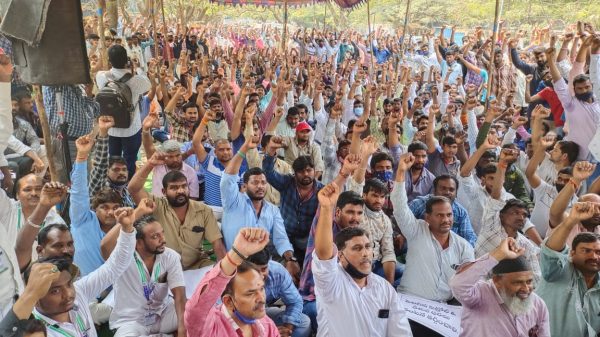The Tamil Nadu government plans to upgrade its existing Crime and Criminal Tracking Network and System (CCTNS) and integrate it with applications maintained by the Tamil Nadu State Crime Record Bureau (SCRB). This would integrate the state-wide crime records bureau with facial recognition and fingerprint databases as well as external databases related to vehicle ownership, revenue, tax and others. Recently, the Electronics Corporation of Tamil Nadu (ELCOT) floated a tender inviting bids to appoint a systems integrator for supply, design, development and maintenance of the CCTNS, termed as 'CCTNS 2.0 Web Application Software'. The Tamil Nadu has sought to update the state-wide criminal tracking system throwing up various challenges for the police department due to the complex nature of existing databases, and rigid nature of application and client-server architecture. When the CCTNS project was first introduced by the Centre in 2010s, National Crime Records Bureau had developed a core application software (CAS) for the CCTNS and offered it to state governments for customisation according to their requirements. However, Tamil Nadu opted for its own CAS named 'Common Integrated Police Records Updation System' (CIPRUS), which is an application built on client-server architecture. Essentially, a client-server architecture can support simultaneous work of a limited number of users. If all the clients (in this case various, departments of the police) simultaneously request data from the server, it may get overloaded and may lead to server failure. In contrast, a web-based architecture (the kind that TN government is proposing) supports unlimited number of concurrent…




